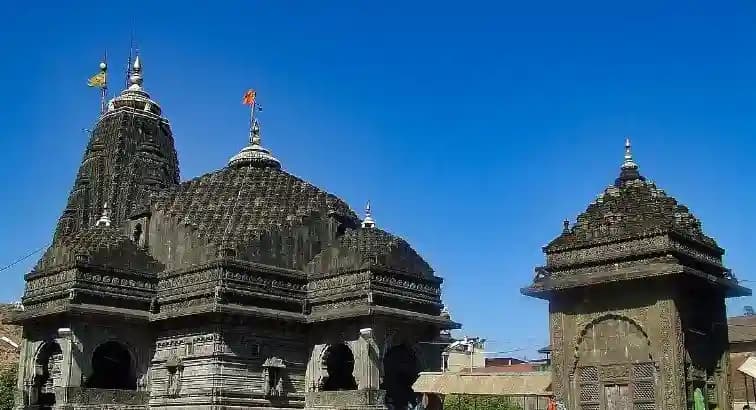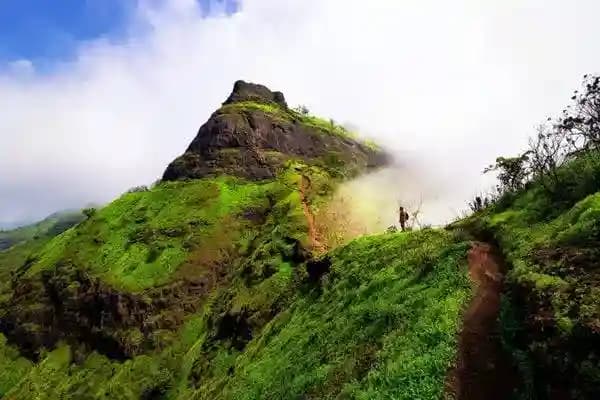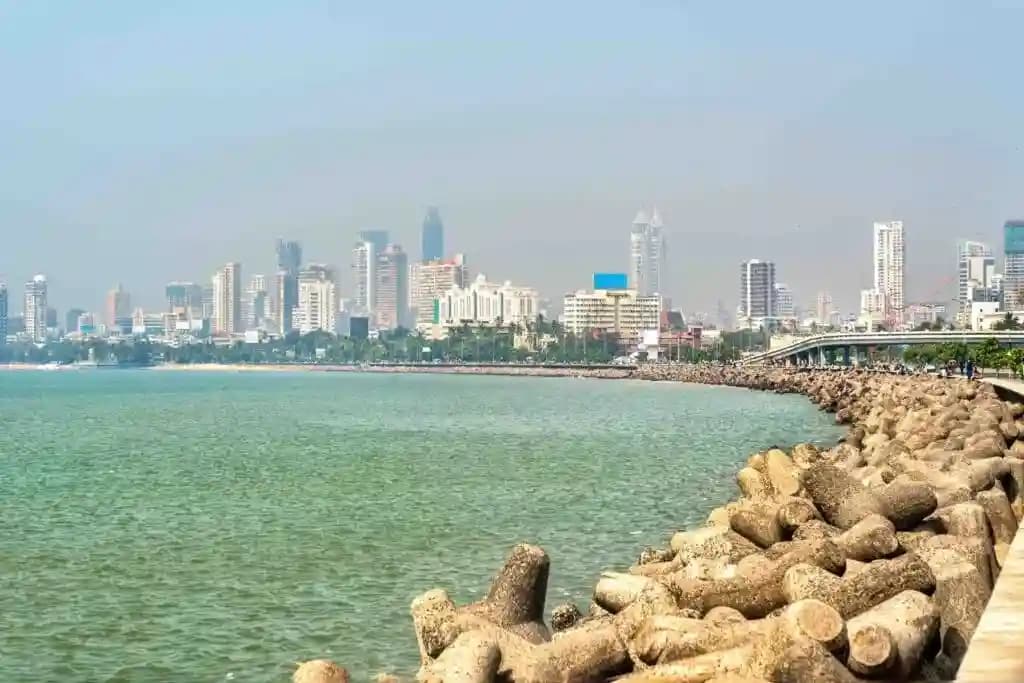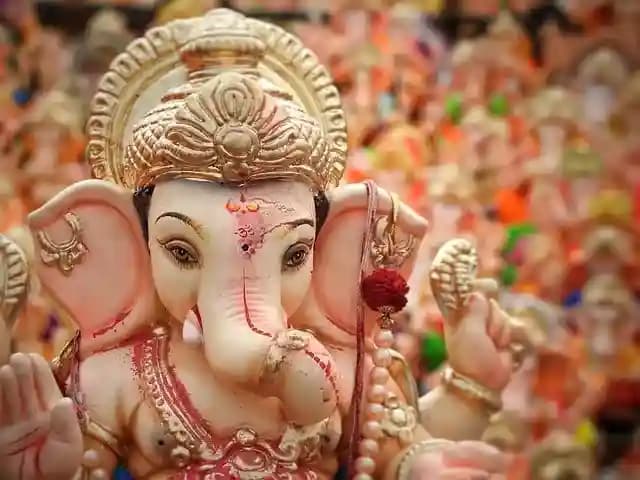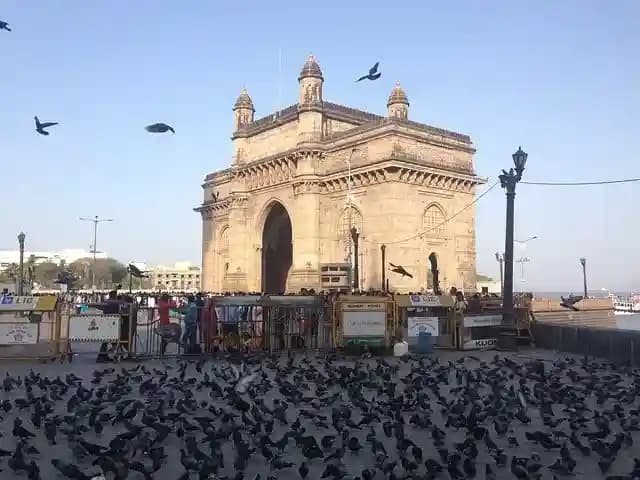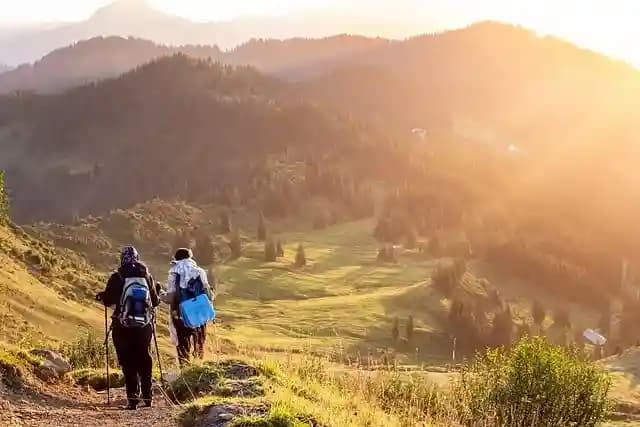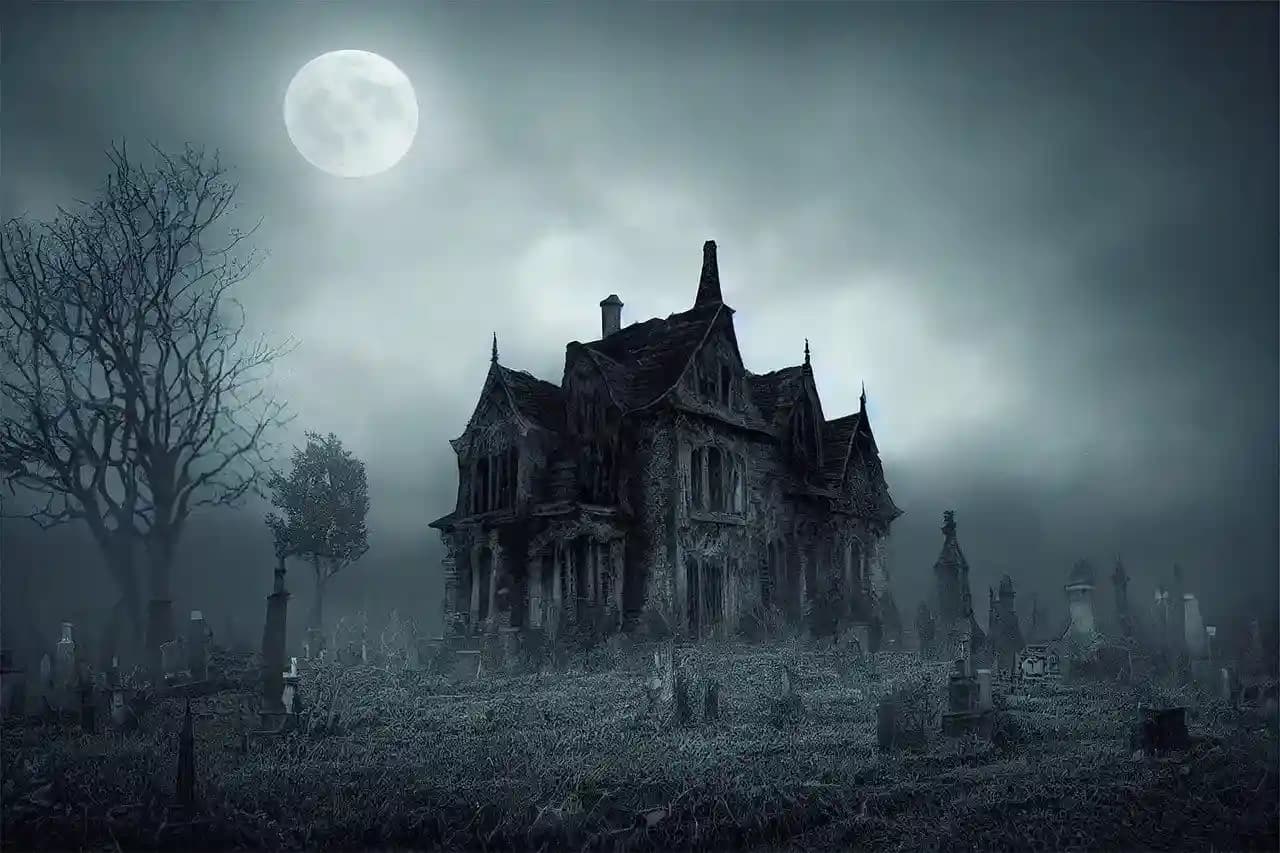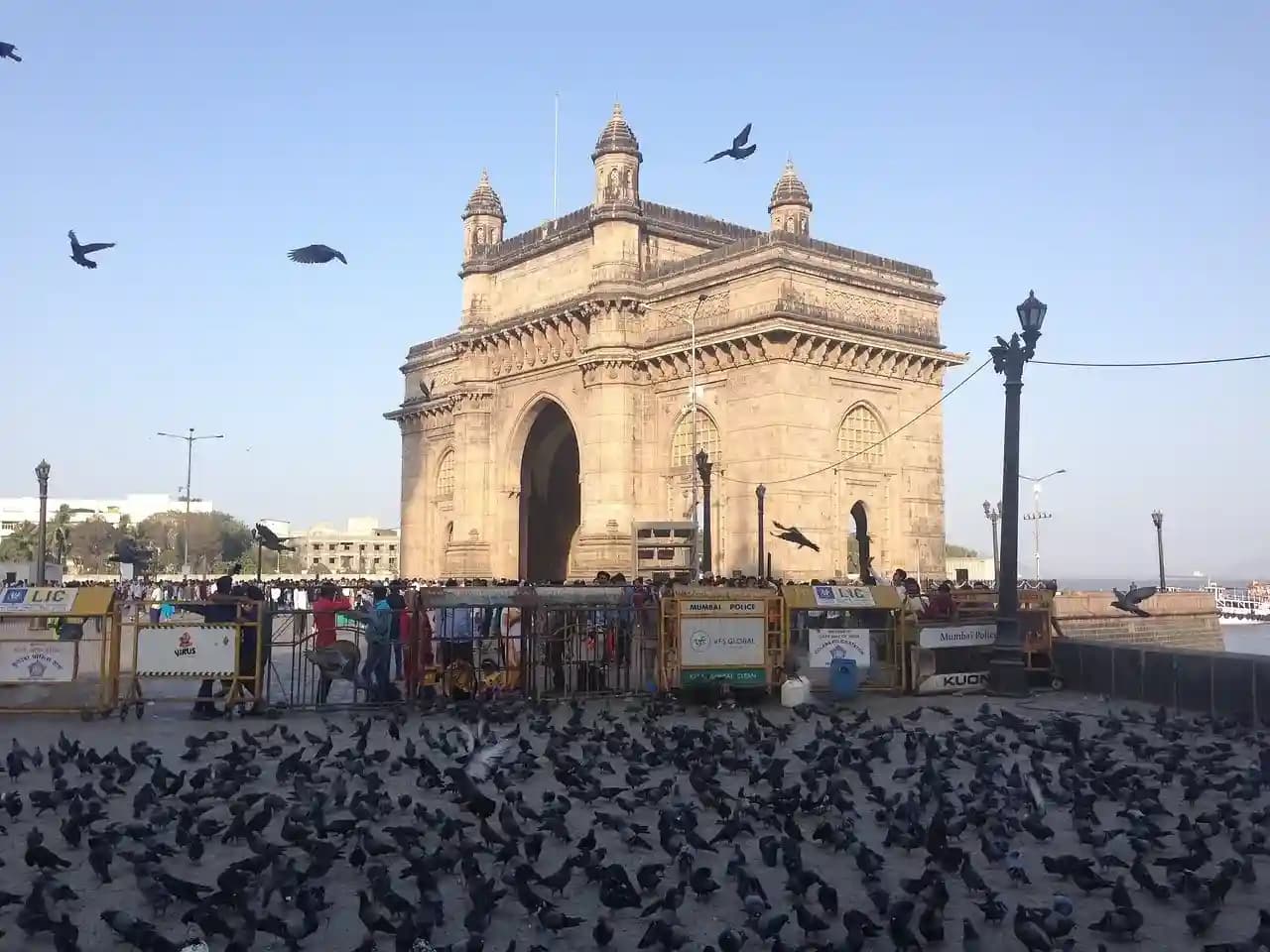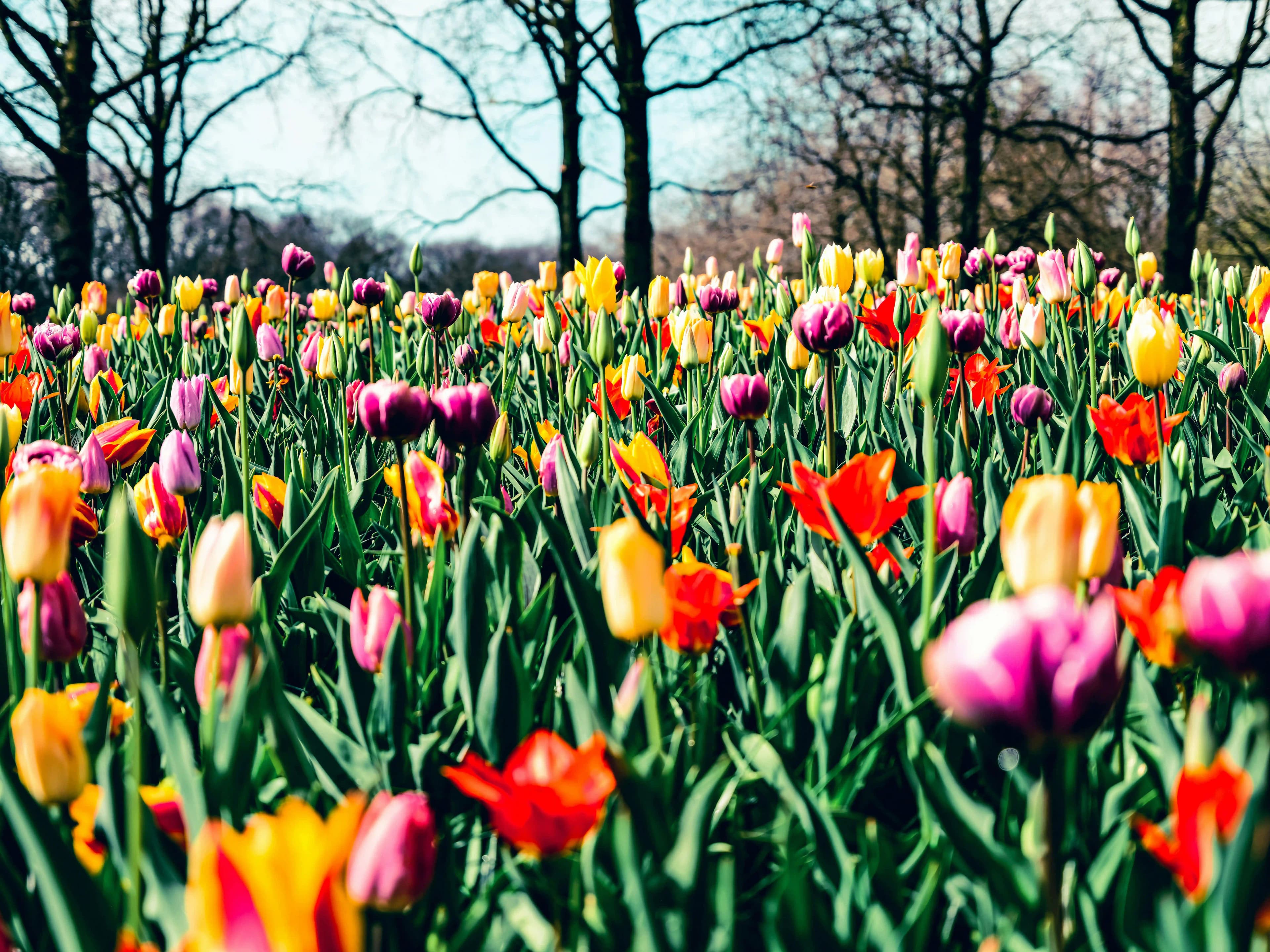Pune, frequently called the "Cultural Capital of Maharashtra," is a city that unites modernity with history. Its historical significance extends back to the Maratha Empire and has played an important part in India's independence movement. Today, Pune is a busy metropolis, yet its historical sites provide a glimpse into its colorful history. From majestic palaces and forts to ancient temples, Pune's historical sites provide an intriguing tour through centuries of history. In this article, we'll look at some of the most famous historical places in Pune that every history buff and visitor should see.
Bookmark these 10 Historical Places in Pune for Your Next Historic Adventure!
1. Shaniwar Wada:
Shaniwar Wada, one of the most prominent historical places in Pune, symbolizes the city's regal lineage. Built in 1732 by Bajirao I, the Maratha Empire's prime minister, this huge stronghold served as a stately residence. Though part of it was destroyed in a fire in 1828, the remnants still stand tall, telling the story of Pune's great history.
The fort is famous for its towering gateway, the Delhi Darwaza, which is around 21 feet tall and strong enough to resist elephant attacks. Shaniwar Wada was originally the seat of authority for the Maratha Empire's Peshwas, and it saw several historical events. Don't miss the evening's light and sound display that brings Shaniwar Wada's history to life.
2. Sinhagad Fort:
Sinhagad Fort, located on a hill about 35 kilometers from Pune, is not only a historical site near Pune but also an ideal trekking location for adventurers. The fort is well-known for the Battle of Sinhagad in 1670, when the courageous Maratha warrior Tanaji Malusare gave his life against the Mughals. In honor of his bravery, the fort received the name "Sinhagad," which translates to "Lion's Fort."
The fort provides incredible panoramas of the surrounding Sahyadri mountains, and climbing the peak is an exciting experience. Once at the summit, you can visit the ruins of historic buildings and water tanks, all while taking in the spectacular scenery.
3. Raja Dinkar Kelkar Museum:
The Raja Dinkar Kelkar Museum offers a unique look into Pune's rich cultural legacy. Dr. Dinkar G. Kelkar started this odd museum in 1962, and it now displays a diverse collection of nearly 20,000 objects, featuring sculptures, musical instruments, fabrics, and common household items from various eras.
The museum is well-known for its amazing collection of Mastani Mahal, a recreation of the royal residence of Mastani, Bajirao I's famous second wife. The artifacts on show provide a fascinating view into the daily lives of individuals from the past, and the museum is wonderful for both history aficionados and art lovers.
4. Aga Khan Palace:
The Aga Khan Palace is next on our list, and it is closely related to India's struggle for freedom. Sultan Aga Khan III built this palace in 1892, and it is well-known for its architectural splendor and importance in India's liberation fight. Mahatma Gandhi, his wife Kasturba Gandhi, and other Indian National Congress leaders were imprisoned here during the Quit India Movement in 1942.
Today, the palace serves as a monument to Gandhi, housing his remains as well as a museum showing his images and personal things. This palace is one of the finest historic places in Pune, with its tranquil gardens and gorgeous Italian arches, is a must-see for anybody interested in India's history and legacy.
5. Lal Mahal:
Another significant historical place in Pune is the Lal Mahal, a red-bricked mansion where the great Maratha emperor, Chhatrapati Shivaji Maharaj, spent a portion of his childhood. The Lal Mahal, built in 1630 by Shivaji's father, Shahaji Bhosale, was originally intended for his wife, Jijabai, and their son.
Although the ancient building was demolished, the current Lal Mahal is a version that maintains the spirit of the past. The palace has been decorated with stunning paintings showing crucial moments in Shivaji's life, as well as a statue of Jijabai and young Shivaji, making it an excellent place to learn about the famed warrior's early life.
6. Pataleshwar Cave Temple:
Pataleshwar Cave Temple, located in the center of Pune, is an old rock-cut temple from the eighth century. This cave temple, dedicated to Lord Shiva, is a fine illustration of early Hindu rock-cut construction. The temple was carved from a single basalt rock and has a large circular Nandi Mandapa (bull pavilion) just in front of the main shrine.
Despite being located in the heart of the city, the Pataleshwar Temple provides a tranquil and peaceful atmosphere. The temple's beautiful carvings and historical aura make it an ideal destination for history buffs and those seeking inner calm.
7. Shinde Chhatri:
A lesser-known but equally intriguing historical place in Pune is the Shinde Chhatri, a memorial to Mahadji Shinde, a major Maratha army officer. This beautiful memorial, completed in 1794, is a perfect combination of Rajasthani and British architectural traditions.
Shinde Chhatri honors Mahadji Shinde's achievements to the Maratha Empire and his role in regaining its splendor. This memorial, with its complex carvings, stained crystal windows, and magnificent paintings, is a hidden jewel worth visiting.
8. National War Memorial Southern Command:
The National War Memorial Southern Command is a beautiful historic place in Pune, honoring the troops who gave their lives in service to the country. This memorial, inaugurated in 1998, is one of Pune's most prominent places for individuals interested in military history.
The memorial includes a large soldier statue and plaques commemorating the Indian Army's numerous conflicts. It is a striking homage to Indian troops' bravery, and visiting the memorial serves as a sorrowful reminder of the sacrifices paid for the country's freedom.
9.Vishrambaug Wada:
Vishrambaug Wada, situated in the heart of Pune, is an elegant house constructed in 1807 by Peshwa Bajirao II. It became his house once he was freed from British prison. The three-story home is a stunning example of Maratha architecture, with wooden pillars, beautifully carved balconies, and sloping roofs.
Though just a portion of the original structure exists, Vishrambaug Wada reflects the grace and majesty of the Peshwa period. The wada now houses government buildings, but visitors can still enjoy its architectural splendor and learn about Pune's rich history.
10. Parvati Hill Temple Complex:
The Parvati Hill Temple Complex, located on a hilltop, provides not only cultural significance but also one of the finest panoramic views of Pune. The complex has four temples, and the main one dedicated to Lord Parvati. The Peshwas built the temples in the 17th century, and the hill has been a great historical place in Pune.
The little museum atop the hill displays numerous Peshwa era items, and the 103 stairs to the highest point provide a beautiful view of the entire city. Parvati Hill's calm environment and historical significance make it a great destination for both history buffs and hikers.
Conclusion
Pune is a historical rich trove, with ancient temples, majestic forts, royal palaces, and museums to explore. Each location provides an individual tale about the city's history, allowing visitors to walk back in time and witness the legacy of the Marathas, British, and independence fighters. Regardless of whether you're a history lover, a traveler, or simply want to see Pune beyond its present-day façade, these historical sites with Capture a trip will amaze and enlighten you.
So pack your luggage and start on a trip through time as you discover historical places in Pune—a city where the past and modern coexist together.
Frequently Asked Questions (FAQs)
1. What are the best historical sites to visit in Pune?
Shaniwar Wada, Aga Khan Palace, Sinhagad Fort, Lal Mahal, Pataleshwar Cave Temple, and the Raja Dinkar Kelkar Museum are among Pune's most important historical landmarks. These landmarks provide insight into the city's strong Maratha past and involvement in India's freedom movement.
2. How can I go to Sinhagad Fort from Pune city?
Sinhagad Fort is around 35 kilometers from Pune. You can get to the heart of the fort through driving, hiring a cab, or taking a bus. From there, it's a short hike to the top, which takes 45 minutes to an hour depending on your speed.
3. Can I visit Pataleshwar Cave Temple at any time of year?
The Pataleshwar Cave Temple is available to tourists all year. It is an old rock-cut temple dedicated to Lord Shiva, situated in the center of Pune. There is no entrance cost, and it provides an excellent break from the city.
4. When is the best time to visit historical places in Pune?
The best time to visit historical sites in Pune is during the winter months of November to February. The weather is lovely and suitable for sightseeing and trekking. However, most sites are open all year.
5. Is photography permitted at these historic sites?
Photography is permitted at most historical sites in Pune, including Shaniwar Wada, Aga Khan Palace, and Sinhagad Fort. However, certain sites, such as the Raja Dinkar Kelkar Museum, might have photography limitations within specific galleries. Always look for signs or ask for assistance before snapping a photo.
6. What are some lesser-known historical sites worth seeing in Pune?
In addition to the known attractions, you can visit lesser-known sights like Shinde Chhatri, a memorial to Maratha leader Mahadji Shinde, and Vishrambaug Wada, a regal Peshwa-era residence. These locations provide a calmer, more personal look of Pune's past.
7. Are there guided tours at these historical sites?
Yes, numerous historic places in Pune, like Shaniwar Wada and Aga Khan Palace, provide guided tours. These are very useful for grasping the cultural and historical significance of each location. Private tour guides are also available for hiring in numerous areas.
8. What should I wear when visiting historic places in Pune?
Wear comfortable clothes and shoes, especially if you're visiting areas like Sinhagad Fort, which requires walking. Modest clothes are suggested for temples such as Pataleshwar Cave Temple and Parvati Hill to honor their religious holiness.






